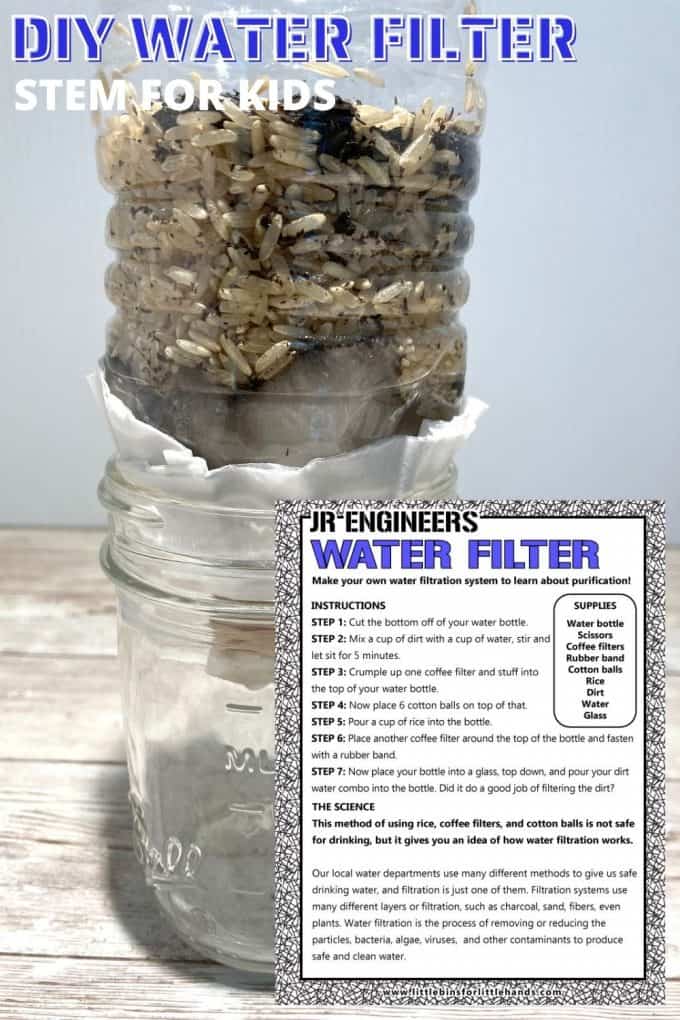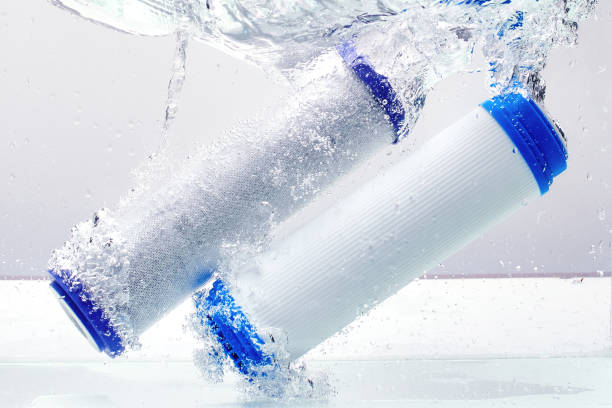The 8-Minute Rule for Filtering Well Water For Drinking
Table of ContentsLittle Known Facts About Filtering Well Water For Drinking.The 4-Minute Rule for Well Water Treatment CompaniesRumored Buzz on Filtering Well Water For DrinkingGetting My Filtering Well Water For Drinking To Work
If you have a cam offered, take a photo of all your remedies prior to beginning the filtering. This will be useful for your display screen board. Ensure that all the pictures are taken with the very same lights, history, as well as video camera setups (it is most likely best to utilize a white history) so you can contrast them to every various other.Continue with the filtration. You can do the complying with actions either back-to-back or establish them up as well as run them at the exact same time. Begin with the purification experiment utilizing granular turned on carbon. Put each concentration of the prepared dye remedies into the particular cups consisting of the granular activated carbon that you prepared in action 2 of "Preparing Your Examples and also Filters".

After 10 minutes, put the water and carbon mixture right into the filters that you prepared symphonious 3 of "Preparing Your Samples and also Filters," and also allow the water seep via the filters. Keep in mind: Make certain that the water drains pipes out of the filters entirely as well as gathers in the mug below the filter.
If the the water degree gets to the bottom of the filter once it has seeped through, either select a bigger mug or usage shorter, basket shaped coffee filters rather than the longer, conical ones. Next, continue with the purification experiment using powdered activated carbon. Slowly put each concentration of the prepared dye options into the corresponding mugs including the powdered triggered carbon that you prepared in step 2 of "Preparing Your Examples and Filters".
The 4-Minute Rule for Home Water Filter Installation
Establish your timer to 10 mins and promptly stir each remedy with the triggered carbon using a clean spoon (home water filter installation). After 10 mins put the water and also powdered carbon mixture onto the filters that you prepared in step 3 of "Preparing Your Samples and Filters" as well as let the water seep through the filters.
For the filtering experiment using no activated carbon, pour each of the prepared water samples onto the purification cups planned for this problem in step 3 of "Preparing Your Examples and Filters". Again, let the water seep with the filters entirely. Allow the services in each cup seep with the 4 layers of coffee filter.
If you have a cam offered, take a photo of all the solutions that you collected in the purification mugs after the filtration experiment. home water filter installation. Again, this will certainly be useful for your screen board. See to it that all the images are taken with the same lighting, background, as well as cam setups that you made use try this web-site of symphonious 6 (it is possibly best to utilize a white history) so you can contrast them to each various other.
Accountable scientists constantly do their experiments at the very least three times to verify that their outcomes are constantly revealing the exact same trend, indicating that they are reproducible. Examining Your Information Compute the typical color ranking for each of your water samples after therapy. To do this, for each of your samples add the color worths from each individual test and after that divide the outcome by 3.
The Definitive Guide to Uv Light Water Filtration
Compare the typical color values that you wrote down for each and every speculative problem before and after the filtration. Can you see a fad in your data? Did your water samples come to be much less colored or also colorless after filtration? Did the purification material or the dye concentration make a distinction? Advanced pupils can do even more measurable measurements of the water colors, using a shade picker device online.
You can use the left-over dye remedies that you prepared initially as reference for the "before therapy" samples. The tool provides you shade values for H (Color), S (Saturation), B (Brightness) as well as R (Red), G (Eco-friendly) and B (Blue). Stay within the same Hue for your color evaluation (maintaining the arrowhead on the right bar taken care of at one setup) and for each picked shade list the color saturation (S) as well as illumination (B) value.

You can either make a separate chart for each color concentration or utilize one bar chart with various shades indicating the different dye concentrations. The Bibliography listings an on the internet graphing device that can assist you create graphs. If you selected to utilize the shade anonymous choosing tool, make another graph comparable to that in step 4, yet this moment story your ordinary saturation worths on the y-axis.
Some Of Well Water Treatment Companies
Variations In this task you used the very same amount of triggered carbon for every experimental problem. Do you assume the outcomes will transform when you make use of much more, or less triggered carbon? Repeat this experiment however this moment vary the quantity of triggered carbon you put right into your filters. You can either pick one more amount of activated carbon for the different color focus, or maintain the dye focus consistent and differ the amount of activated carbon rather.
